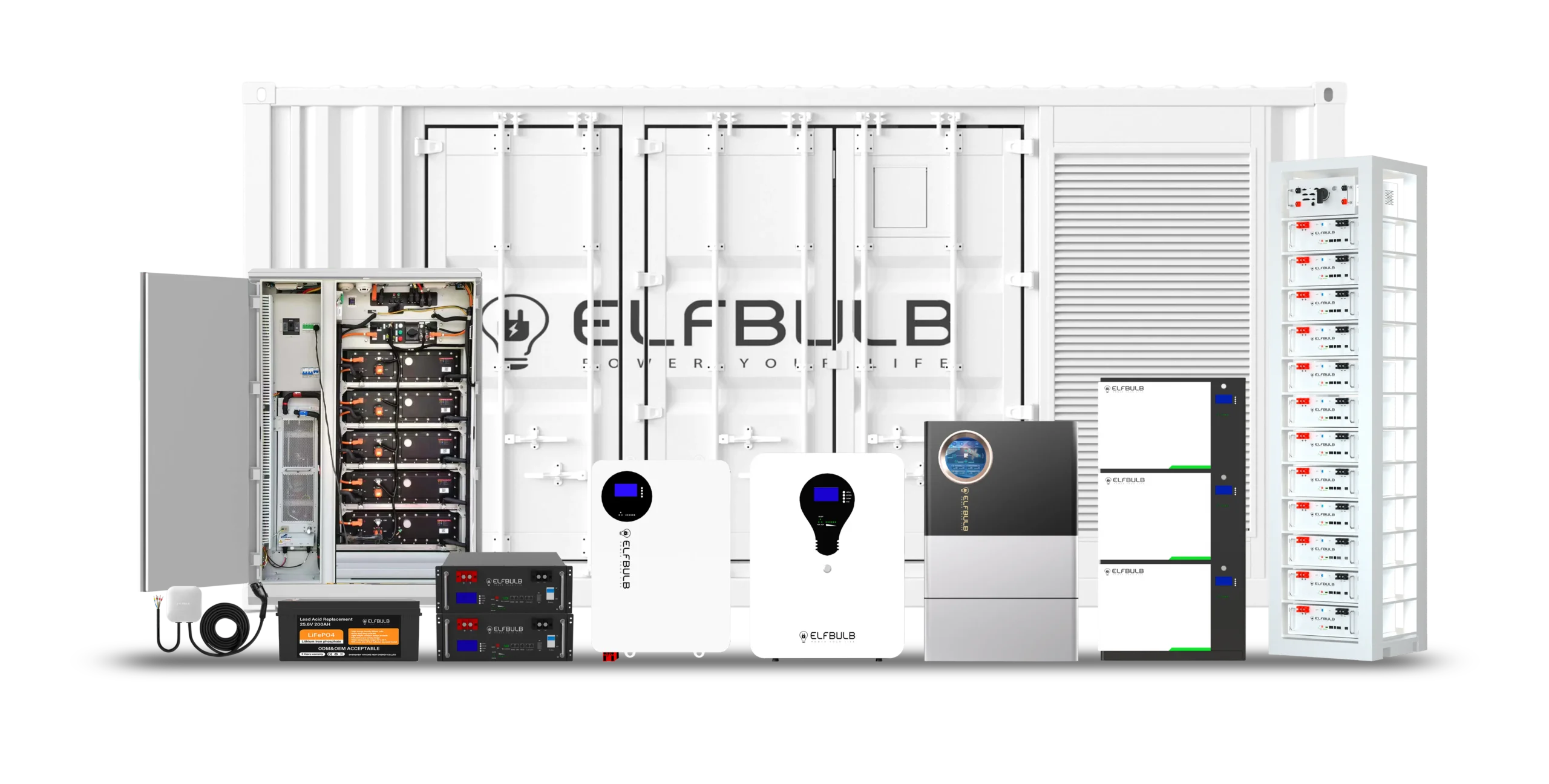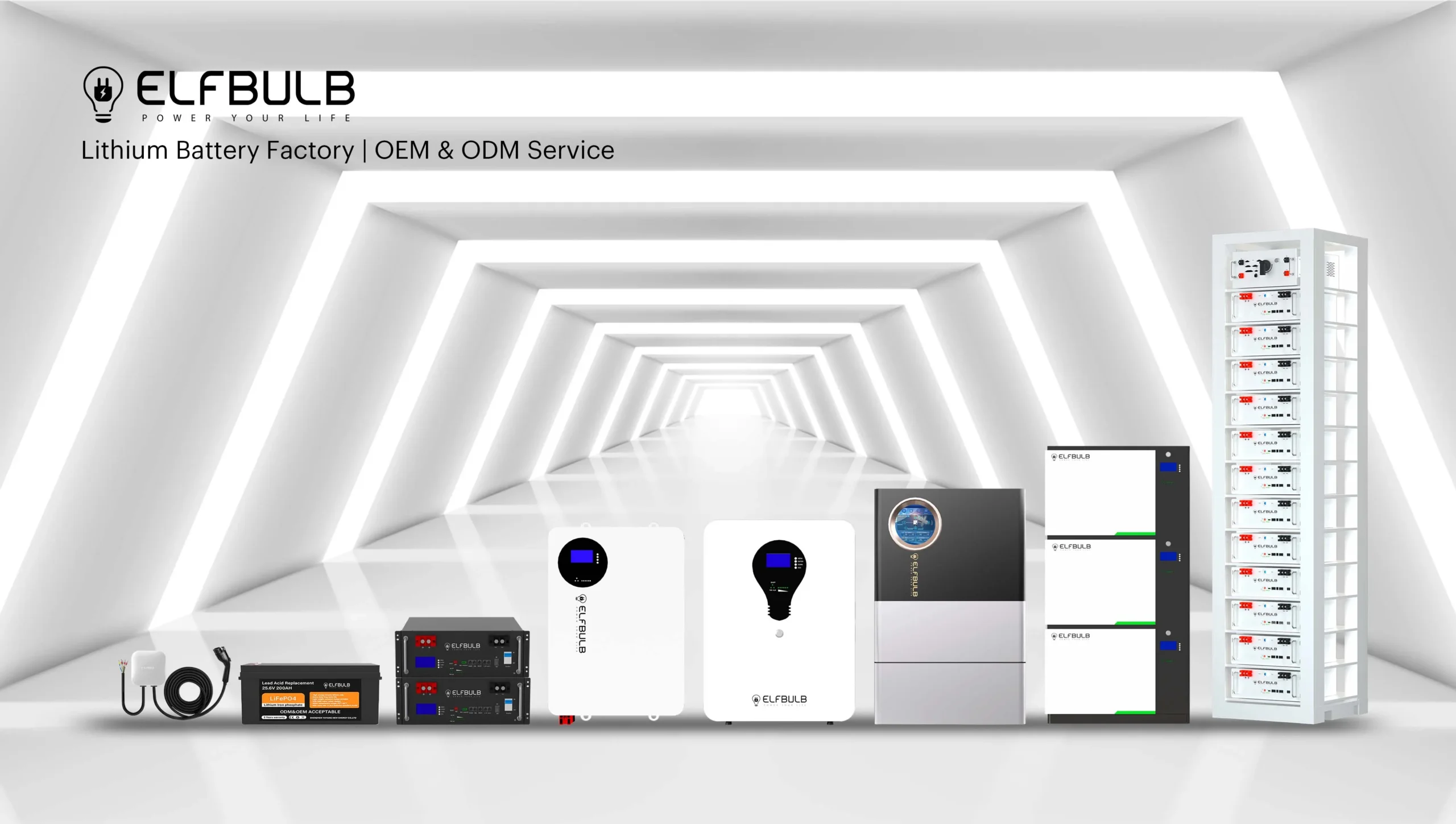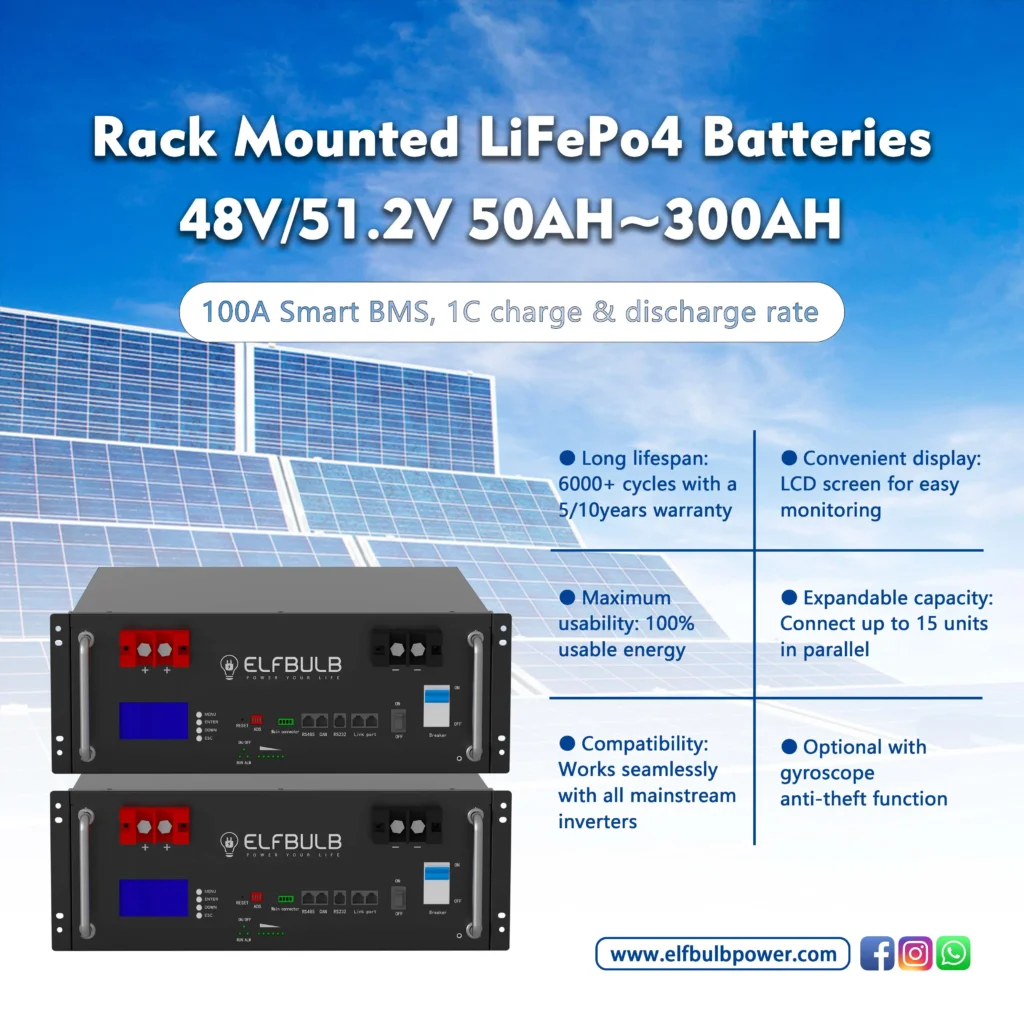When it comes to power backup solutions, one of the most common questions people ask is, “How many hours of backup does a 300Ah battery provide?” The answer to this question is not as straightforward as it might seem. It depends on several factors, including the power consumption of the devices you’re using and the efficiency of the battery itself. In this article, we’ll break down these factors and help you understand how long a 300Ah battery can last.
Understanding Ampere-Hours
Firstly, it’s important to understand what “Ah” or Ampere-hours mean. Ampere-hour is a unit of electric charge, equal to the charge transferred by a steady current of one ampere flowing for one hour. So, a 300Ah battery can theoretically deliver a current of 300A for one hour, or 1A for 300 hours, and so on.
Calculating Backup Time
The backup time of a battery can be calculated using the formula:
Backup Time=Load Power (W)Battery Capacity (Ah)×Battery Voltage (V)
For example, if you have a 12V 300Ah battery and you’re powering a device that consumes 600W, the backup time would be:
Backup Time=600W300Ah×12V=6 hours
This calculation assumes 100% efficiency, but in reality, batteries are not 100% efficient due to factors like internal resistance and energy loss as heat.
Factors Affecting Battery Backup Time
Several factors can affect the backup time of a battery:
- Load Power: The more power your devices consume, the faster the battery will drain.
- Battery Efficiency: As mentioned earlier, batteries are not 100% efficient. A typical lead-acid battery has an efficiency of around 85%.
- Battery Age: As batteries age, their capacity decreases, reducing the backup time.
- Temperature: Batteries tend to perform worse in extreme temperatures, which can also reduce backup time.
Conclusion
In conclusion, the backup time of a 300Ah battery depends on the power consumption of your devices and the efficiency of the battery. By understanding these factors and doing some simple calculations, you can estimate how long your battery will last. Remember, it’s always a good idea to have a bit of extra capacity to account for inefficiencies and unexpected power needs.
















